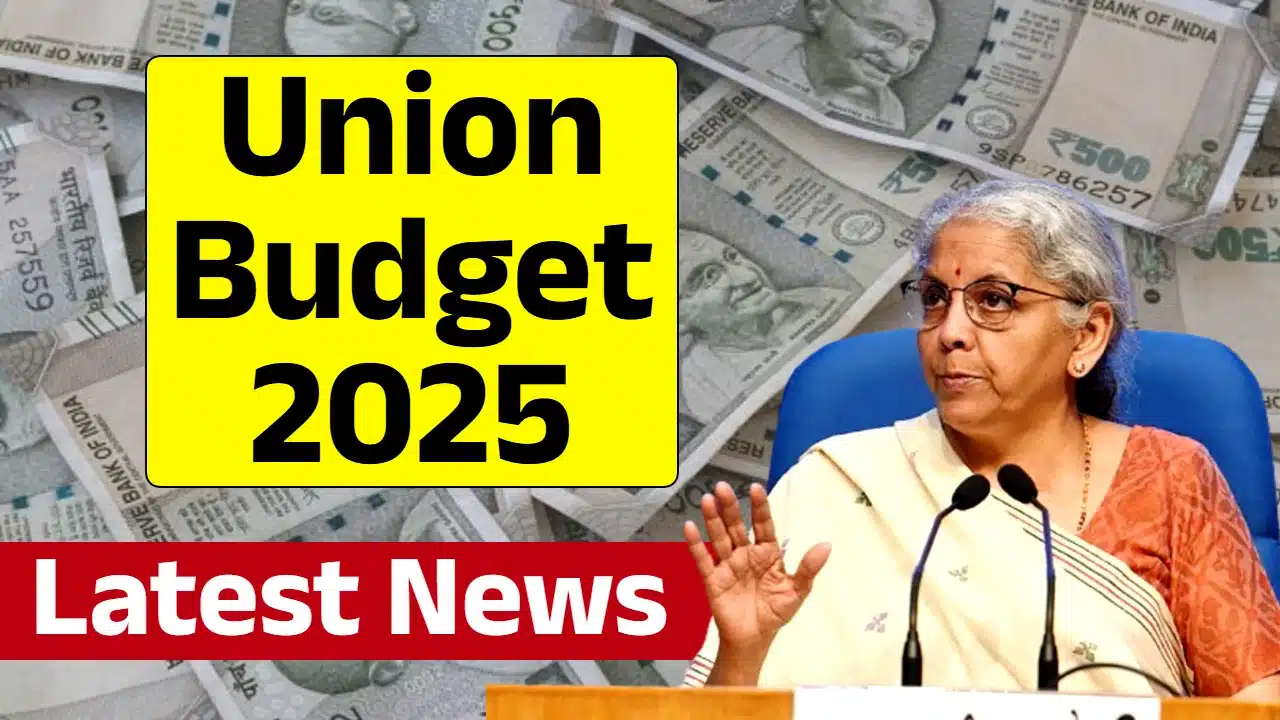Expectations for India’s Income Tax Budget 2025

As India approaches the Union Budget for 2025, taxpayers are keenly anticipating changes to the income tax regime. The introduction of the new income tax structure in 2020 marked a significant shift in how taxes are calculated and paid. This new system aimed to simplify tax payments by reducing slab rates while eliminating many exemptions and deductions. However, the transition has not been seamless, and many taxpayers still cling to the traditional structure, hoping for adjustments that reflect the rising costs of living and inflation. This article delves into the expectations of taxpayers as the government prepares for the upcoming budget.
The Shift to the New Income Tax Regime
The new income tax regime was introduced by Finance Minister Nirmala Sitharaman in the Union Budget of 2020. It aimed to simplify the tax process by offering lower tax rates in exchange for the removal of various exemptions and deductions. Initially, the uptake of this new regime was slow, with many taxpayers preferring the old structure, which allowed for numerous deductions related to housing loans, medical insurance, and other expenses.
However, recent statistics indicate a significant shift. As of the financial year 2023-24, approximately 72% of taxpayers opted for the new regime, filing around 5.27 crore tax returns under this system. The increase in the standard deduction from ₹50,000 to ₹75,000 played a crucial role in this transition. Despite this, 28% of taxpayers continue to favor the old regime, benefiting from its various exemptions. This divide highlights the ongoing debate about the effectiveness and fairness of the new tax structure.
Taxpayer Expectations for Budget 2025
As the Budget 2025 approaches, taxpayers who prefer the old income tax regime have specific expectations. They seek adjustments that would make the traditional structure more appealing in light of rising living costs. Key demands include an increase in the basic exemption limit from ₹2,50,000 to at least ₹3,00,000. Additionally, they are advocating for an enhanced standard deduction to match the new regime’s ₹75,000.
Another significant expectation is the increase in the deduction for housing loan interest. Currently capped at ₹2,00,000, taxpayers are urging the government to raise this limit to ₹3,00,000. Furthermore, there are calls for higher limits under Sections 80C and 80D, which pertain to deductions for investments and medical insurance, respectively. These changes would provide much-needed relief to taxpayers who are struggling with the financial pressures of inflation.
The Future of the Old Income Tax Regime
While the new income tax regime has gained popularity, the old regime still holds a significant portion of the taxpayer base. The government has recognized the potential for misuse under the traditional structure and is likely to implement stricter regulations. This could lead to a gradual phase-out of the old regime, especially as the Income Tax Department enhances its scrutiny of tax returns and claims.
Taxpayers are also looking for a clearer timeline regarding the New Income Tax Bill. They hope that the new regime will pave the way for a more efficient tax landscape. A simplified tax system is essential for promoting economic growth and ensuring equitable resource distribution. As the government prepares for the upcoming budget, the expectations of taxpayers will play a crucial role in shaping the future of India’s income tax policies.
Observer Voice is the one stop site for National, International news, Sports, Editor’s Choice, Art/culture contents, Quotes and much more. We also cover historical contents. Historical contents includes World History, Indian History, and what happened today. The website also covers Entertainment across the India and World.

